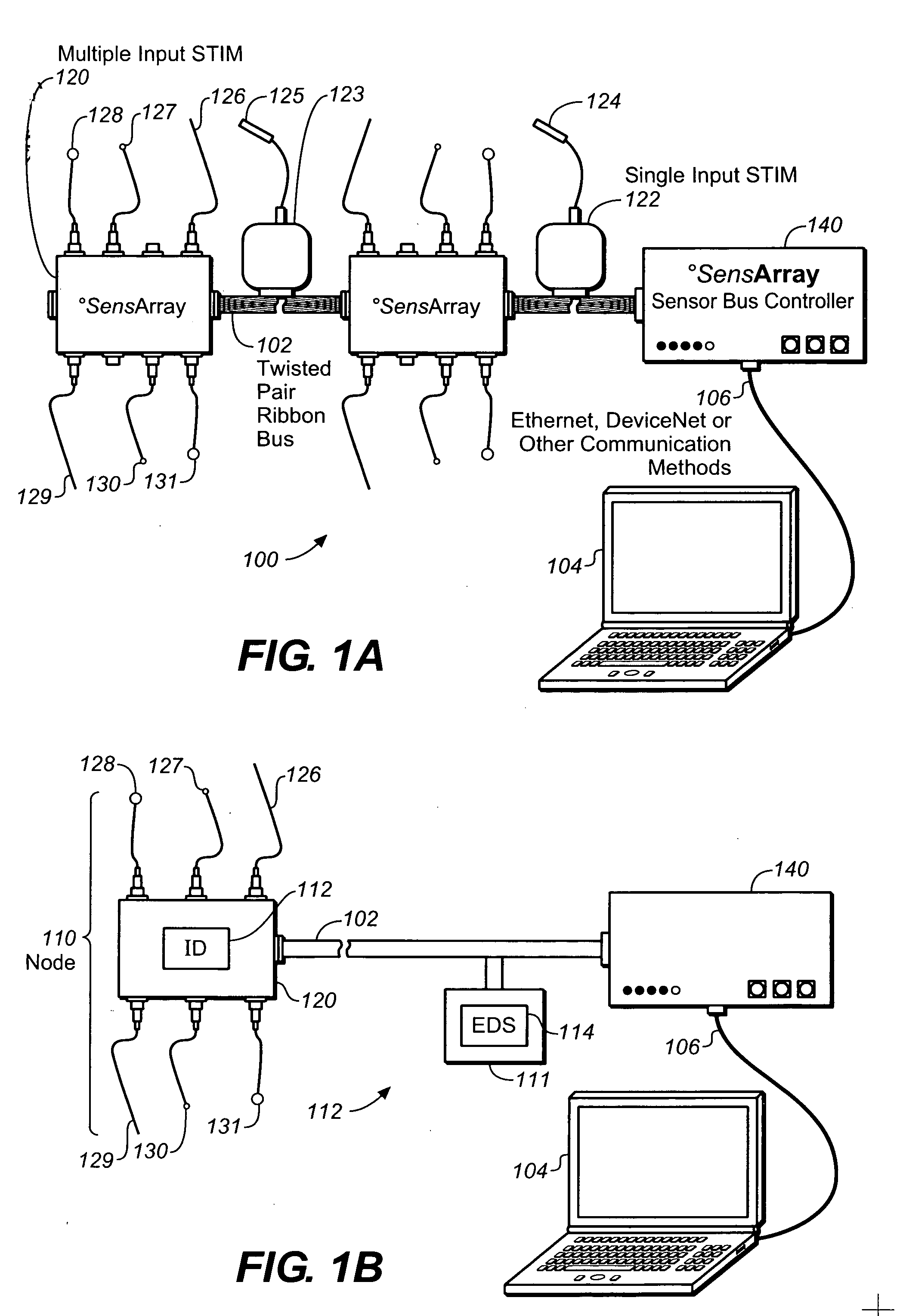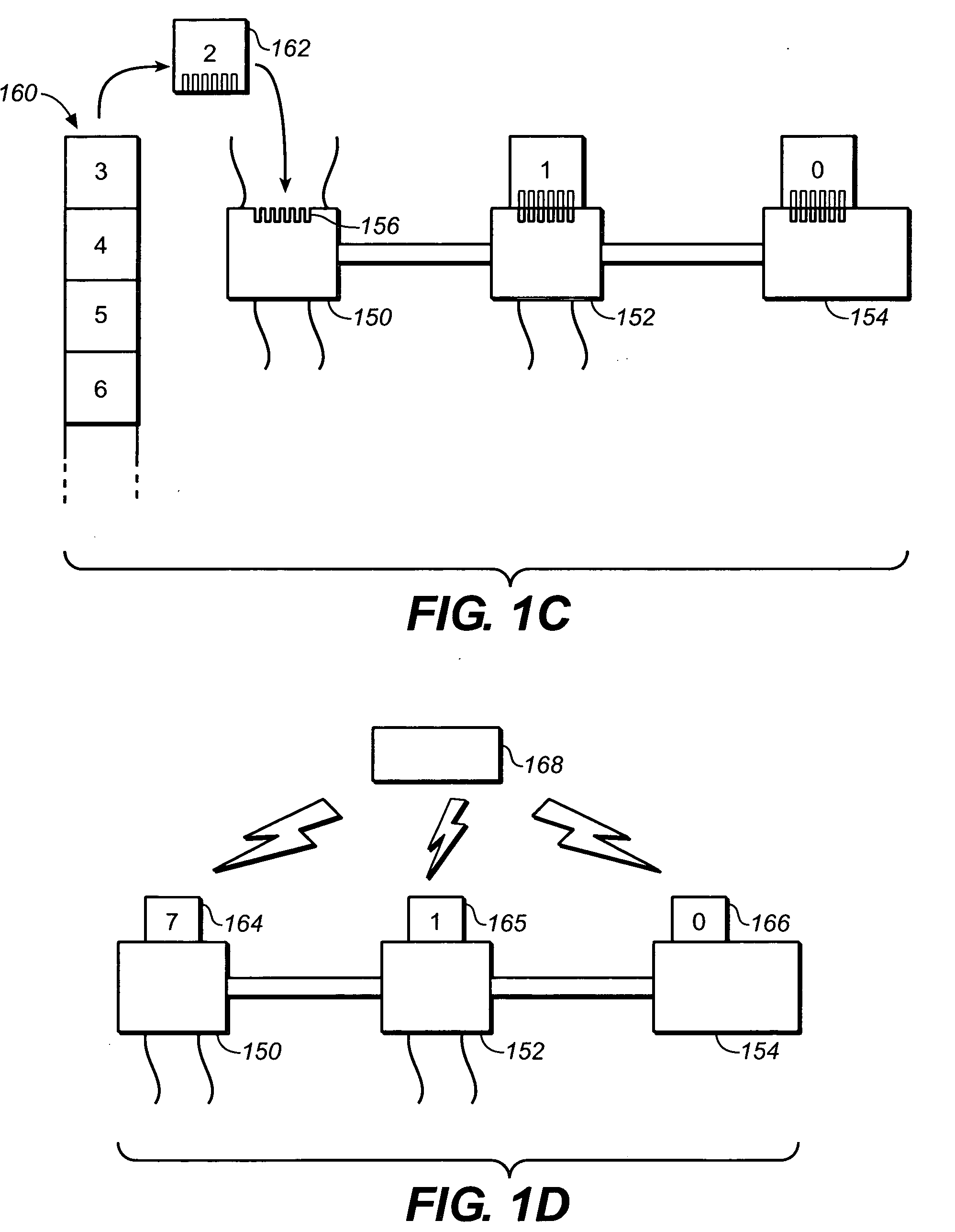Data collection and analysis system
a data collection and analysis system technology, applied in the field of data collection and analysis system, can solve the problems of difficult individual configuration, inability to properly operate, and thin layer of current data loggers, etc., and achieve the effect of efficient use and more complex signal processing or adjustmen
- Summary
- Abstract
- Description
- Claims
- Application Information
AI Technical Summary
Benefits of technology
Problems solved by technology
Method used
Image
Examples
Embodiment Construction
Data Collection
[0030] Data collection from sensors and other signal producing apparatus on a processing tool may be done in many different ways. Sensors that are part of the tool may be used. In some cases, the tool may be connected so that the outputs of the sensors are sent via a network and are available for analysis. However, such an output may be limited because the configuration of the sensors is determined by the tool manufacturer and may not be easy or acceptable to reconfigure. The locations of the sensors may be fixed so that they are difficult or impossible to move. Also, the frequency with which sensor measurements are sent via the network may be limited to a low frequency such as 1-5 Hertz or lower and may not be configurable by the user. Also, in some systems, data may not be reported regularly in a deterministic or uniform time ordered pattern because of other system operations. Reporting data for data logging may not be a high priority and therefore may not be cons...
PUM
 Login to View More
Login to View More Abstract
Description
Claims
Application Information
 Login to View More
Login to View More - R&D
- Intellectual Property
- Life Sciences
- Materials
- Tech Scout
- Unparalleled Data Quality
- Higher Quality Content
- 60% Fewer Hallucinations
Browse by: Latest US Patents, China's latest patents, Technical Efficacy Thesaurus, Application Domain, Technology Topic, Popular Technical Reports.
© 2025 PatSnap. All rights reserved.Legal|Privacy policy|Modern Slavery Act Transparency Statement|Sitemap|About US| Contact US: help@patsnap.com



